#uran ochanomizu
Explore tagged Tumblr posts
Text

simple uran outfits. i did color these but I just could not get anything to look the way i wanted it to so monochromatic it is :'P
#maybe i'll redo it idk#the colors were cute too its just the final stages that were fuckin me over#snaileo art#astro boy#uran ochanomizu#tezuka star system
66 notes
·
View notes
Text

Ai Tachibana, Akane Utsunomiya, Uran Ochanomizu and Nanase Takahashi, Spherelight Booth, Tokyo Auto Salon 2025
#ai tachibana#立花あい#akane utsunomiya#宇都宮茜#uran ochanomizu#お茶の水うらん#nanase takahashi#髙橋七瀬#tokyo auto salon#東京オートサロン#race queen#rq#レースクイーン
8 notes
·
View notes
Text

Now who taught him that
#naoki urasawa's pluto#pluto anime#astro boy#tetsuwan atom#hiroshi ochanomizu#uran astro boy#/ref that one tiktok sound#fanart
768 notes
·
View notes
Text
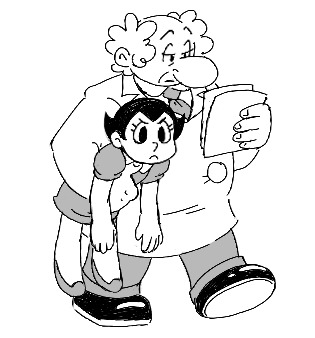
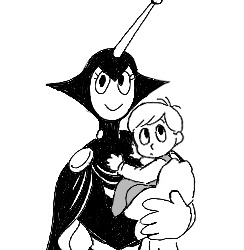



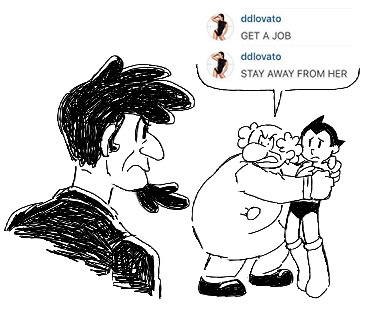
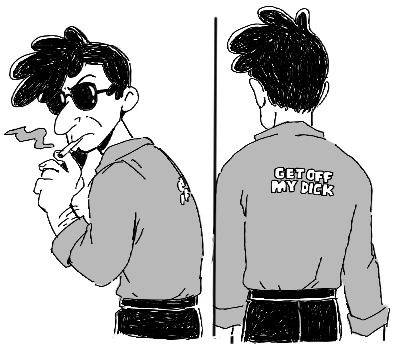
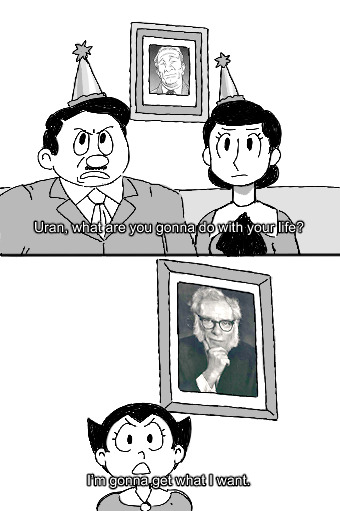
I continue to read astro boy
#only kind of true. im basically done reading it cuz all i have left are the weird not-really-canon bits at the very end#but im not done drawing it yet! this is my tezuka era babey#astro boy#tetsuwan atom#uran#hiroshi ochanomizu#umataro tenma#cobalt#epsilon#platinum#art tag#i might be the only human in the last 40 years to draw fanart of platinum. the poor fucker
605 notes
·
View notes
Text

screenshot redraw!
@craniodedragao gave me the idea lol
254 notes
·
View notes
Text



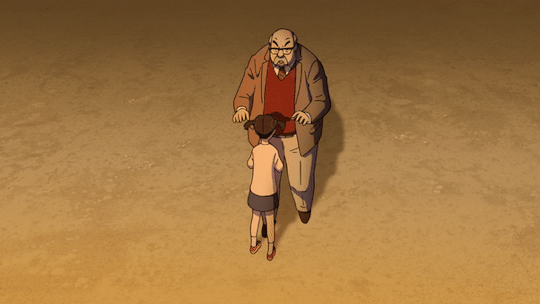
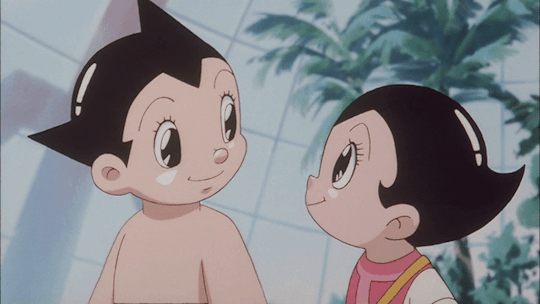



Astro Boy (2003) // PLUTO
1K notes
·
View notes
Text

I was explaining Astro Boy to my gf and when I got to Uran she went, "so basically each doctor made his robot kid based on his ex boyfriend" and I've been thinking about it ever since
538 notes
·
View notes
Text
Professor...

The horse is here.
Alt version because yes.

#Took me the whole year but I did it!#astro boy#osamu tezuka#tetsuwan atom#art#umataro tenma#dr. tenma#tezuka star system#atom#astro boy atom#astro boy uran#uran#yuko kisaragi#professor ochanomizu#hiroshi ochanomizu#astro boy 2003#mighty atom#meme#family guy#my art#meme art#shitpost#shitposting#craniodedragao#craniodedragao art
205 notes
·
View notes
Text

is this anything?
#umataro tenma#astro boy 2003#Astro Boy#Atom#Mighty atom#Uran#tetsuwan atom#Atlus#Tokugawa#Detective Towashi#Zoran#Dr O'shay#dr ochanomizu
68 notes
·
View notes
Text

ATOM DAY
58 notes
·
View notes
Text

I had to do this edit
#tetsuwan atom#astro boy#osamu tezuka#tezuka star system#hiroshi ochanomizu#professor ochanomizu#Uran#Uran astro boy#edit#my edit#I love Ochan so much#I want to hug him too!
70 notes
·
View notes
Text


its been a while since ive drawn uran in her classic 03 outfit
94 notes
·
View notes
Text

Gals Paradise 2025 Tokyo Auto Salon Edition Released On 27 February 2025
The new issue of Gals Paradise magazine was released by Sanei Shobo on 27 February 2025 and features models and companions that appeared at Tokyo Auto Salon 2025 in January. For their annual Auto Salon Edition, Gals Paradise sets up a temporary studio at the Tokyo Auto Salon site and photographed a total of 234 models. In addition, photos were taken of the models and companions at each booth. Eight booths have special two page spreads dedicated to them as well. In addition there is a special feature of the Tokyo Auto Salon 2025 image girl "A-Class" and group and separate photos of models at 44 booths. Also included is a special feature on the Nitan Clinic Race Ambassador Awards 2024 with new photos of the five Race Ambassador Award winners. This issue's cover features 12 models; Kiki Mizukami, Sakura Rin, Momo Togawa, Kako Ogawa, Arisa Akagi, Kotone Minase, Minori Sasaki, Kasumi Amemiya, Nozomi Date, Uran Ochanomizu, Mami Hinami and Mio Arisu. A supplement of a double-sided A1 size poster of the cover models on on side with a group photo of 30 of the campaign girls from the Tokyo Auto Salon is also included.
ギャルズパラダイス 2025 東京オートサロン編 出版社: 三栄書房 発売日: 2025/02/27 言語: 日本語 ムック: 96ページ ISBN-10: 4779651980 ¥1,800
Retailers: Amazon Japan, CD Japan
#kiki mizukami#水神きき#sakura rin#桜りん#momo togawao#渡川もも#kako ogawa#央川かこ#arisa akagi#赤城ありさ#kotone minase#水瀬琴音#minori sasaki#佐々木美乃里#kasumi amemiya#天宮かすみ#nozomi date#伊達望#uran ochanomizu#お茶の水うらん#mami hinami#日南まみ#mio arisu#有栖未桜#tokyo auto salon#東京オートサロン#gals paradise#ギャルズパラダイス#race queen#レースクイーン
6 notes
·
View notes
Text



Yukari Astro Boy coloring book (1967)
(x)
#Tezuka#Osamu Tezuka#Tezuka Osamu#Astro Boy#Tetsuwan Atom#Mighty Atom#Astro#Uran#Cobalt#Chii tan#Ochanomizu#Professor Ochanomizu#Blue Knight#Tezuka star system#Shunsaku Ban#Shunsaku#Higeoyaji#The devil Garon#Majin Garon#Garon#Merchandising#Mod's post
102 notes
·
View notes
Text
今日はアトムの誕生日だ!お誕生日おめでとう、アトム!🎂🎉🥳
Today is the birthday of Atom (or Astro Boy, for English-speaking folks)! Happy Birthday, Atom! 🎂🎉🥳

#art#my art#イラスト#fanart#astro boy#鉄腕アトム#手塚治虫#osamu tezuka#アトム#アトムの誕生日#astro boy birthday#astro boy birthday art#astro boy fanart#mighty atom#tetsuwan atom#uran#ウラン#umataro tenma#dr tenma#天馬博士#天馬 午太郎#hiroshi ochanomizu#dr ochanomizu#お茶の水博士#お茶の水 博志#april 7#4月7日
35 notes
·
View notes
Text
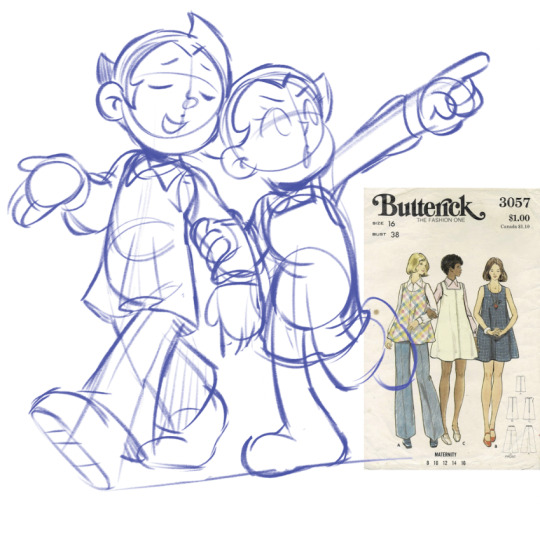
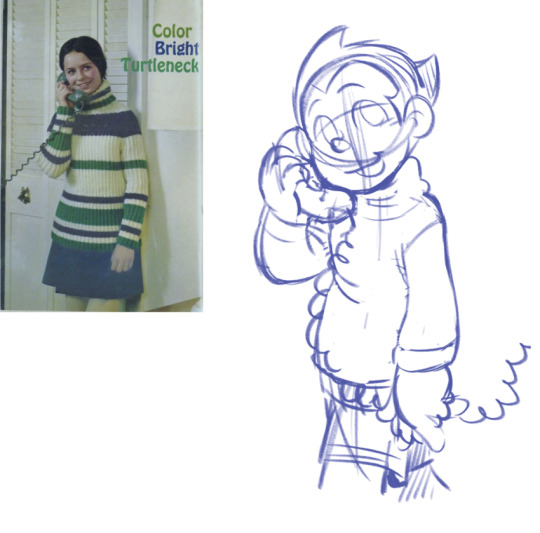

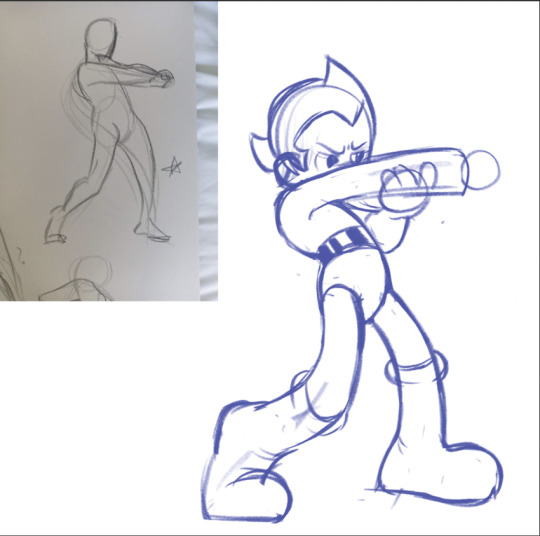

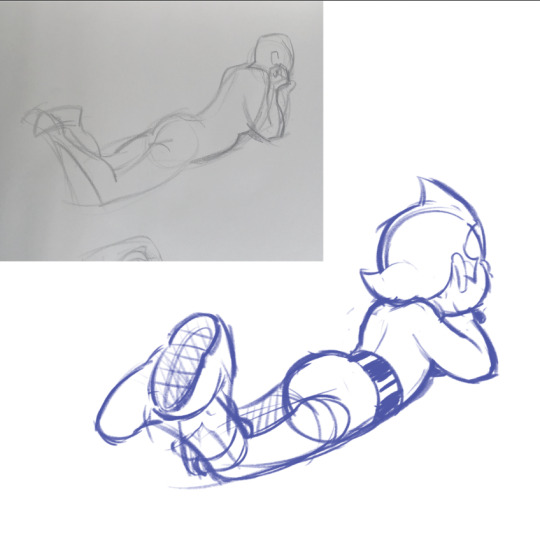
astro boy doodle dump
#I LOVE HIMMMMMMM#i want to draw him one million times doing a million different things#i think atom and uran should wear matching outfits like cartoon twins#i think dr ochanomizu would send them to school in matching apple themed overalls and pinch their metal cheeks and say#''why dont you two look adorable'' and atoms friends would make fun of him so hard when he gets to school#i need them to live normal lives NOWWWWWWW#let them be happy...............#my art#artists on tumblr#digital art#astro boy#tetsuwan atom#uran astro boy#astro boy 2003#the gestures are my own drawings from my life drawing class!!! im actually super proud of these ones
132 notes
·
View notes